The Russia Rubber Molding Market has experienced significant developments driven by both domestic demand and international influences. Various factors contribute to this competitive landscape, including advancements in manufacturing technologies, an expanding automotive sector, and the increasing need for high-performance rubber components across multiple industries. The competitive dynamics are characterized by a mix of market entrants and established players, creating an environment where innovation and cost efficiency are paramount.
Companies in this sector are leveraging strategic partnerships, focusing on sustainable practices, and exploring new materials to enhance their product offerings, thus making it essential for market participants to maintain a keen awareness of sector trends and consumer preferences.
Rosneft holds a strategic position within the Russia Rubber Molding Market, leveraging its vast resources and expertise in polymer manufacturing. As one of the largest oil and gas companies in Russia, Rosneft has access to a wide range of raw materials for rubber production, which strengthens its competitive edge. The company's capabilities in logistics and distribution enable it to maintain a robust supply chain, ensuring timely delivery of products to customers.
Furthermore, Rosneft's strong research and development initiatives allow it to innovate continuously, adapting its product offerings to meet the evolving needs of various industries, thereby solidifying its presence in the market.
OMK, another notable player in the Russia Rubber Molding Market, specializes in producing high-quality rubber products that cater to the energy, automotive, and construction sectors. The company's portfolio includes seals, gaskets, and vibration isolators, which are crucial in various applications. OMK's manufacturing facilities in Russia are equipped with advanced technologies, allowing for large-scale production while adhering to stringent quality standards. The company's commitment to sustainability and environmentally friendly practices has bolstered its reputation, attracting a wide customer base.
In recent years, OMK has engaged in strategic mergers and acquisitions to expand its market share and enhance its product range, strengthening its foothold in the Russia Rubber Molding Market. With its focus on innovation and customer-centric solutions, OMK continues to play a vital role in shaping the competitive landscape of the industry.


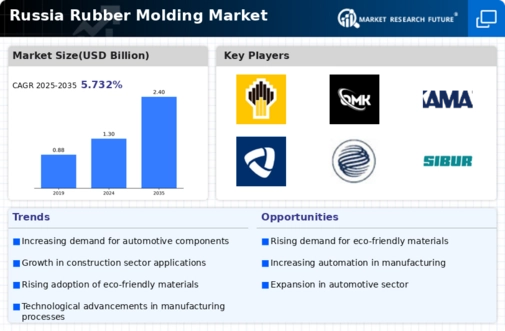
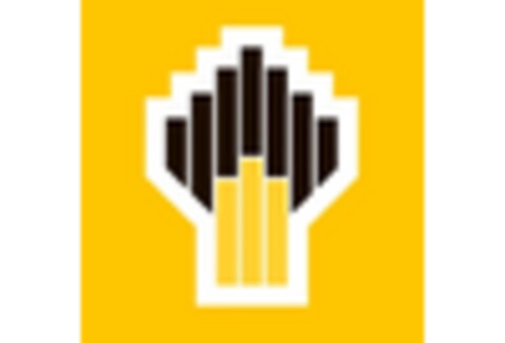
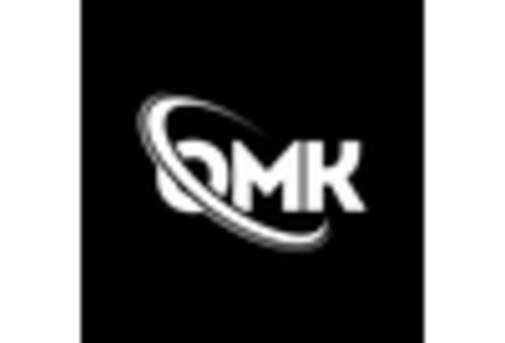
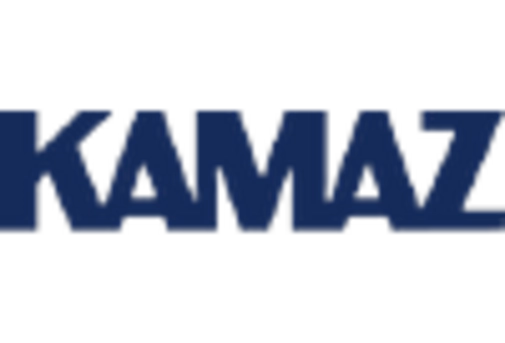

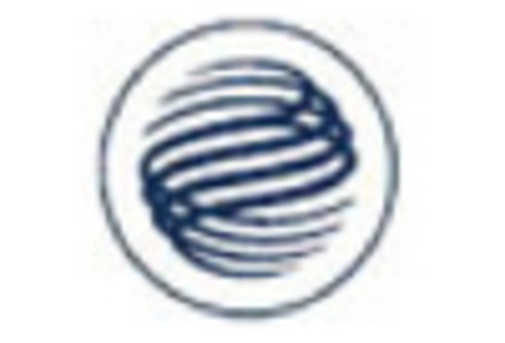
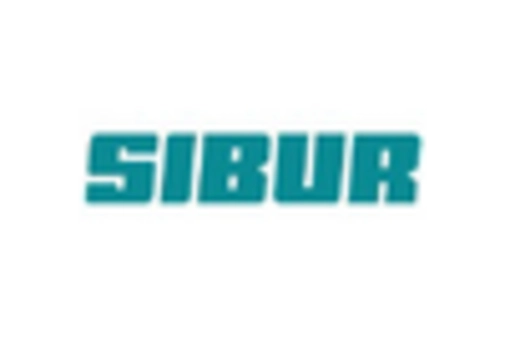
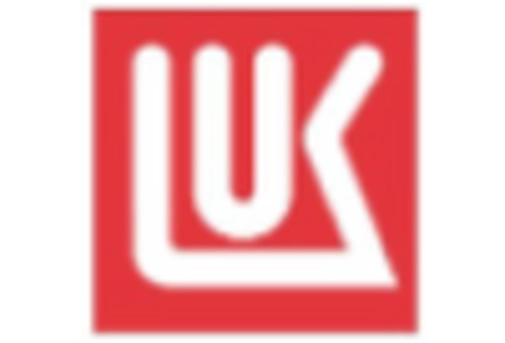








Leave a Comment